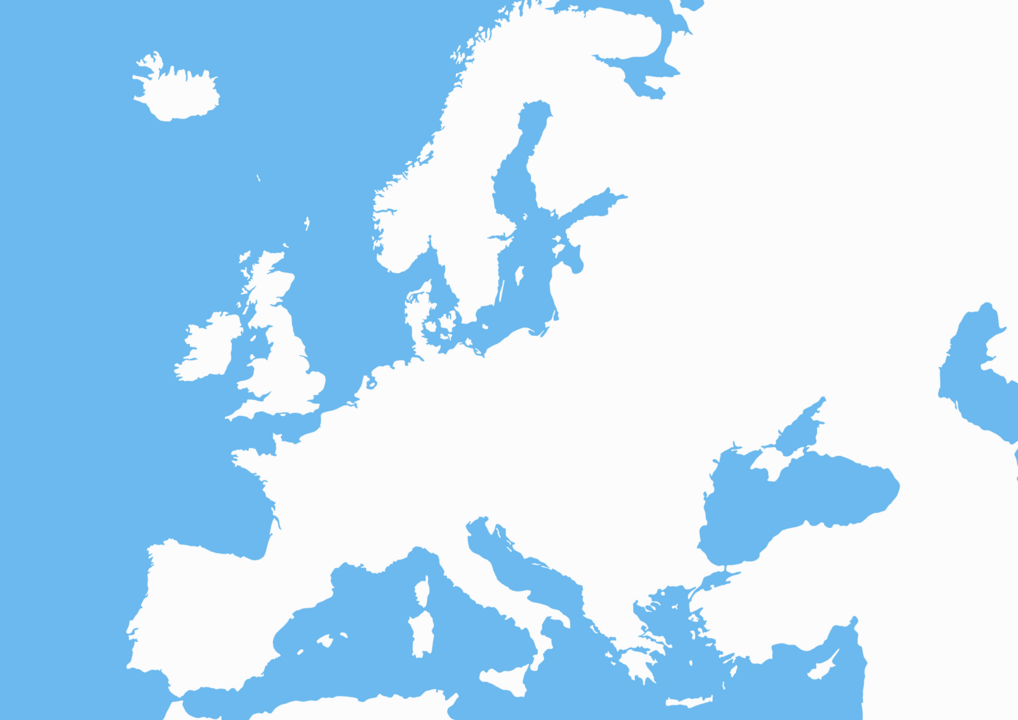The answers to these questions and many more are found in the 2012 regional yearbook1 published by Eurostat, the statistical office of the European Union. The publication gives an overview of the most recent economic, social and demographic developments in the 271 NUTS level 2 regions2 and, for some indicators, the 1 303 NUTS level 3 regions2 of the 27 Member States of the European Union as well as, when available, the regions in the four EFTA countries (Iceland, Liechtenstein, Norway and Switzerland), the acceding country (Croatia) and three of the candidate countries (Montenegro, the former Yugoslav Republic of Macedonia and Turkey).
As the publication contains many maps, which are the most user friendly way to present regional statistics, a new interactive tool, the Statistical Atlas, is also launched today on the Eurostat website3. This tool contains maps of all regions in the EU (down to NUTS level 3) as well as the possibility to display rivers, cities and roads. On these maps, the full range of statistical indicators included in the Regional Yearbook can be selected and displayed in a clear and readable way.
The Eurostat regional yearbook 2012 includes fourteen chapters on economy, population, health, education, labour market, structural business statistics, tourism, information society, agriculture, transport, science, technology & innovation, European cities, coastal regions and territorial typologies.
Some of the statistical indicators in the Regional Yearbook are shown on maps available at a very detailed level, at NUTS level 32, for which there are 1 303 regions in the EU27.
The population density, meaning the number of inhabitants per square kilometre, is one of these indicators.
Full Yearbook download (PDF, 10MB, 220 pages): http://epp.eurostat.ec.europa.eu
Interactive online tool: http://ec.europa.eu

